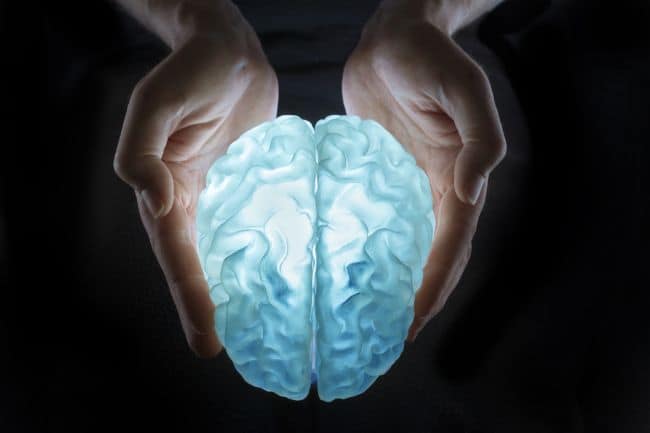It turns out that spending time in space can change your brain (and you might have to be spun around to prevent it).
Researchers have been exploring how spaceflight can affect human physiology and human health for as long as we have been working to launch people to space. For example, the groundbreaking Twins Study uncovered a multitude of ways that space changes our bodies — even our gene expression!
But one new study suggests that spaceflight could affect the human brain in strange and unusual ways, which could impair astronaut eyesight and last for a long time.
Since the days of the shuttle program to today, astronauts have reported issues with vision after traveling to space. Medical evaluations on Earth have revealed that astronauts’ optic nerves swell and some experience retinal hemorrhage and other structural changes to their eyes.
Scientists suspect that these vision issues are caused by increased “intracranial pressure,” or pressure in the head, during spaceflight. In a new study led by Dr. Larry Kramer, a radiologist at the University of Texas Health Science Center at Houston, researchers have found evidence that this pressure does, in fact, increase in microgravity.
In this study, the team performed brain MRI (magnetic resonance imaging, a technique that uses specialized scanners to image parts of the body using magnetic fields) on 11 astronauts (10 men and one woman) both before and after they traveled to space and for up to a year after their return. These MRI images showed that, with long-duration exposure to microgravity, the brain swells and cerebrospinal fluid, which surrounds the brain and spinal cord, increases in volume.
These findings support the theory that spaceflight increases pressure in the head which researchers think could be tied to issues with astronaut vision, Kramer told Space.com.
Additionally, Kramer and his colleagues found that the pituitary gland, also changes with exposure to microgravity, Kramer said. They found that the gland became compressed, it changed in height and shape which, as Kramer said, this is a sign of increased pressure in the head.
The researchers also found that these effects, the swelling of the brain alongside the compressing pituitary gland and the pressure in the head, was still present a year after the astronauts returned from space. That duration suggests that these effects could be long-lasting, Kramer said. However, further study is needed to evaluate exactly how microgravity affects the brain over an astronaut’s lifetime and how this might vary between people, Kramer said.
Scientists have a number of theories about why the brain swells in space, but what Kramer called “one of the most compelling,” is that without gravity, the fluids in our body that usually circulate evenly travel up toward the head and away from the feet, he said. “The blood that normally pools in the extremities redistributes toward the head,” he said. “It’s not something that we normally experience on Earth unless you’re sort of standing on your hands.”
Researchers are also working to develop what spaceflight experts call “countermeasures,” or techniques that could be used to reduce these negative effects.
To test countermeasures, research subjects are put on bed rest with their heads tilted downward to simulate the fluid shift scientists believe happens in microgravity. In this position, researchers have found that the optic nerve swells and seen other physical effects that are also seen in spaceflight. “If we can prevent those [effects] in the bed-rest studies, then potentially we can prevent those in microgravity,” Kramer said.
One of the countermeasures that researchers are experimenting with is reminiscent of the revolving space station in the sci-fi film “2001: A Space Odyssey,” Kramer said. The countermeasure would “spin an astronaut around for a certain portion of the day, just moving the blood through the body and back towards the legs,” like an artificial gravity, Kramer said.
Another countermeasure scientists think may help is a specialized suit for the feet and legs that would help to maintain their fluid levels.
The work is described in a paper published today (April 14) in the journal the Radiological Society of North America.

